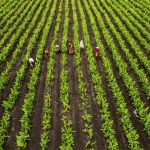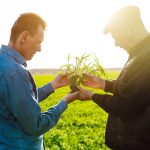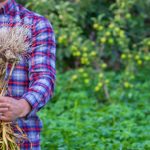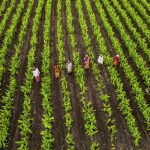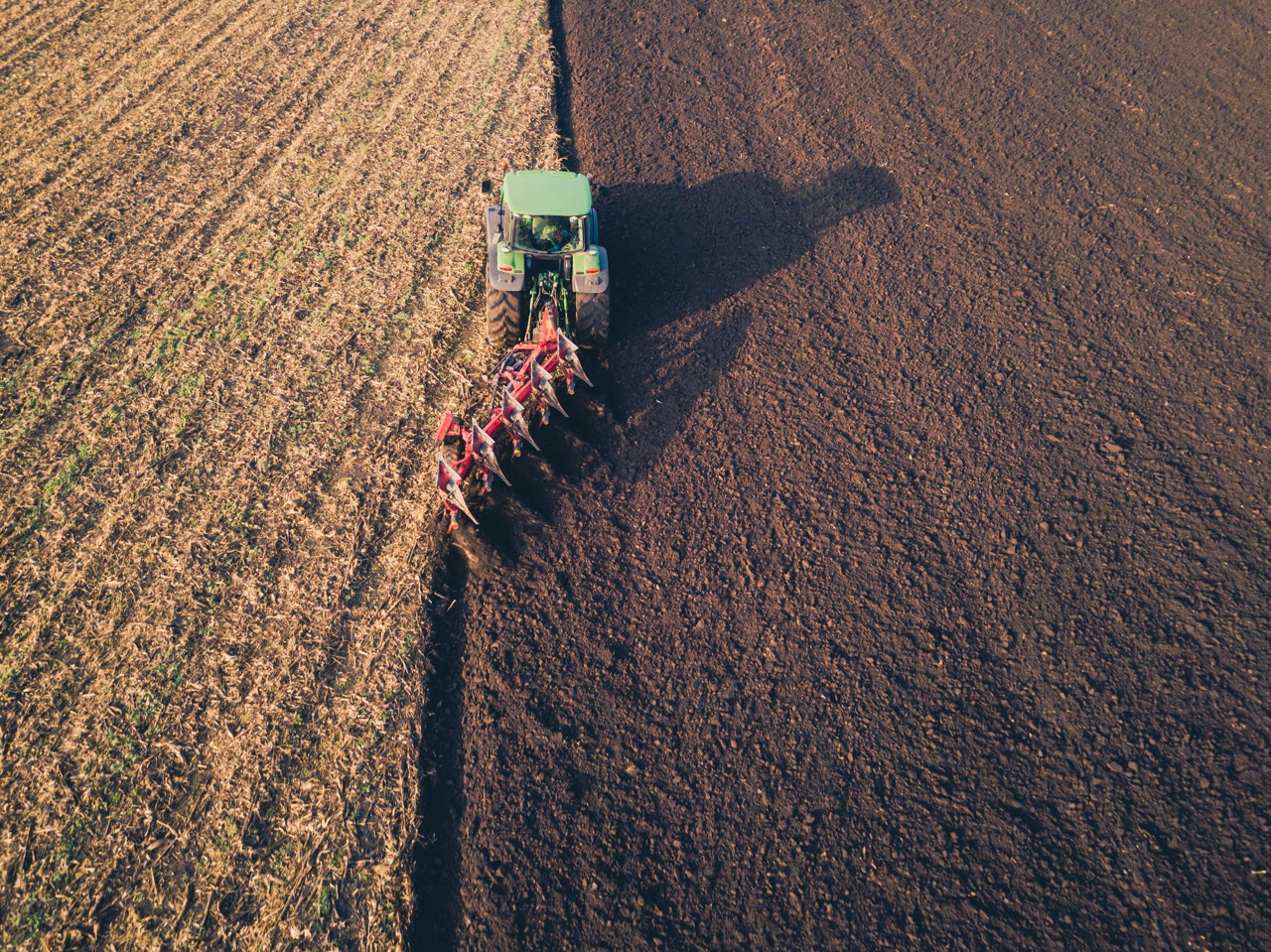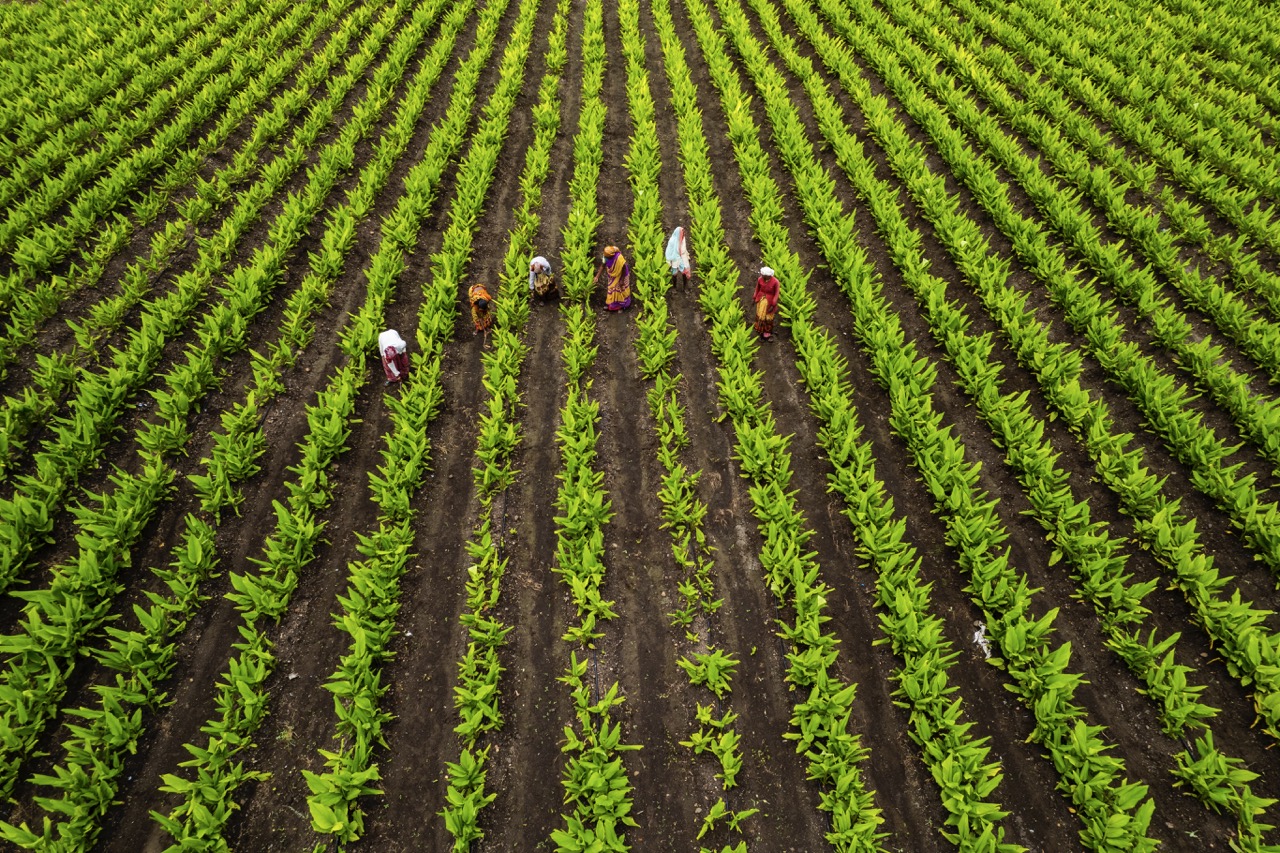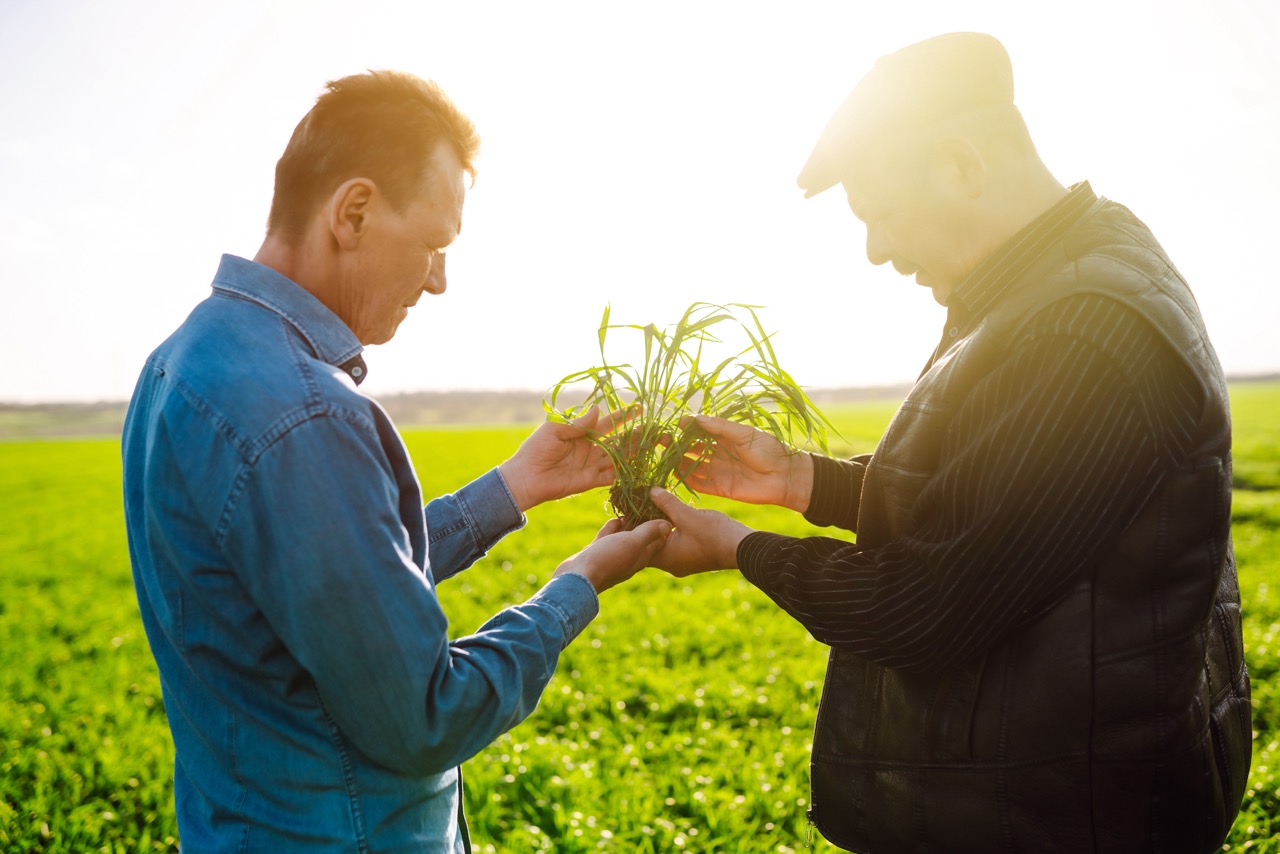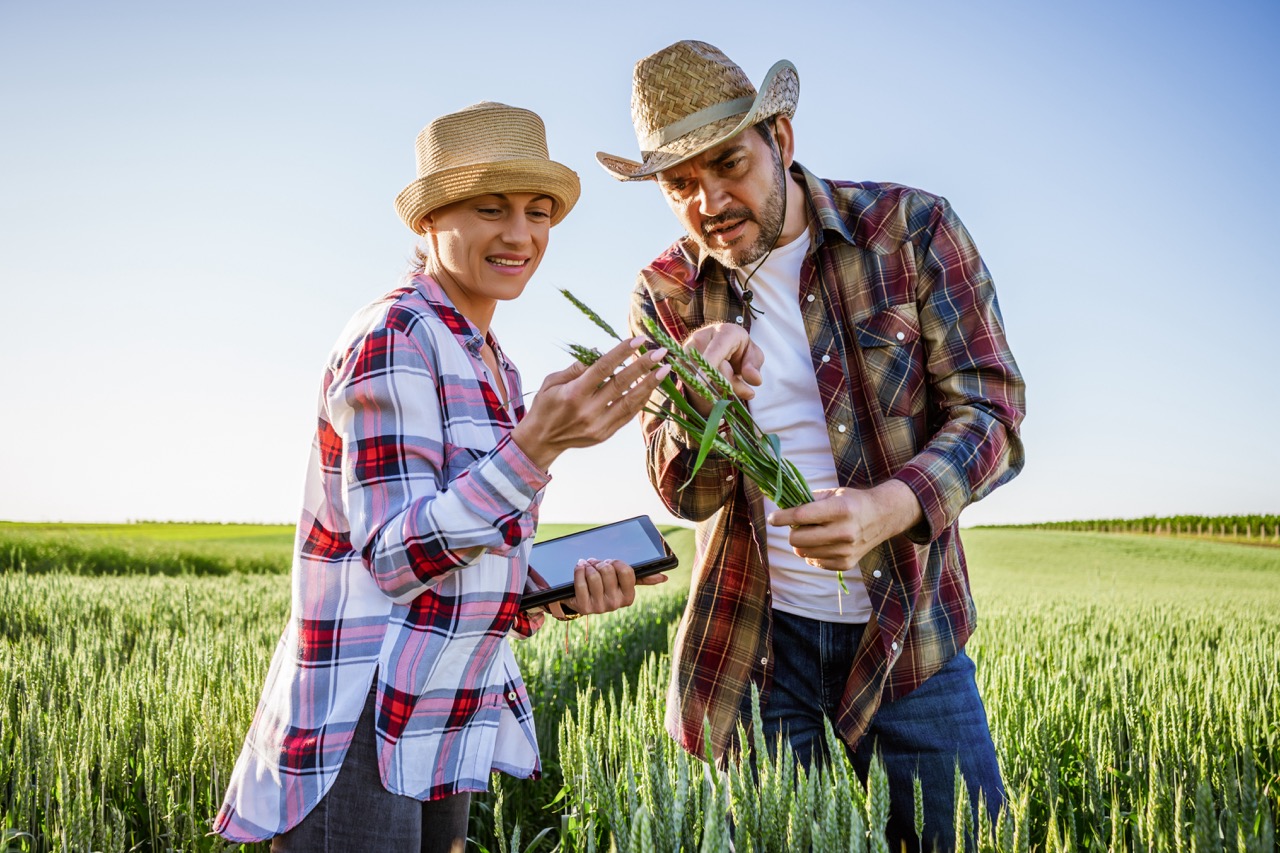In the landscape of modern agriculture, the economic barriers that new farmers face can be daunting. High land prices, coupled with the costs of equipment and inputs, can deter aspiring agrarians from entering the field. However, sharecropping—a system that allows farmers to work land owned by others—has emerged as a viable solution. This article explores the mechanics of sharecropping and how it can help reduce the cost of land for new farmers, thereby fostering sustainable agricultural practices.
Understanding Sharecropping: An Overview for New Farmers
Sharecropping dates back to the post-Civil War era in the United States, originating as a response to the economic needs of both landowners and laborers. Under this arrangement, landowners provide land, tools, and sometimes seeds to farmers, known as sharecroppers, who in exchange contribute a portion of the crop yield to the landowner. This mutually beneficial relationship has evolved over time, allowing new farmers to enter the agricultural market with reduced upfront costs.
For new farmers, understanding the intricacies of sharecropping is crucial. One of the primary motivations for entering into such agreements is the lack of capital to purchase land. By leasing land in this manner, aspiring farmers can focus their limited resources on developing their farming skills and managing their crops without the burden of hefty land debt. Additionally, sharecropping agreements often allow for flexibility in terms of contract duration and crop selection, which can provide valuable learning experiences for new entrants in the farming sector.
While sharecropping can be a beneficial arrangement, it is important for new farmers to navigate these agreements carefully. Landownership dynamics can shift, and the balance of power may not always favor sharecroppers. Therefore, new farmers must educate themselves about legal rights and responsibilities within sharecropping contracts to ensure a fair and sustainable farming practice.
Economic Benefits of Sharecropping for Aspiring Farmers
The economic landscape for new farmers can be unforgiving, with significant capital required for land acquisition alone. Sharecropping presents a model that mitigates these costs, allowing aspiring farmers to cultivate crops without the substantial financial burden of land ownership. This system enables new farmers to allocate their limited resources toward necessary agricultural inputs such as seeds, fertilizers, and labor rather than towards the purchase of land.
Moreover, sharecropping facilitates risk-sharing between landowners and farmers. By agreeing to share a portion of the crop yield, both parties have a vested interest in the success of the farming operation. For new farmers who may not have the experience to predict crop yields or market fluctuations, this arrangement reduces financial risks and provides a safety net that traditional land ownership does not afford. Consequently, aspiring farmers can experiment with different crops and farming techniques, potentially leading to greater innovation within the agricultural sector.
Additionally, the sharecropping model can stimulate local economies. New farmers engaged in sharecropping often invest in their communities by purchasing local inputs and hiring local labor. This can create a ripple effect, bolstering economic activity and fostering a cooperative spirit among community members. As new farmers thrive, they can contribute to regional food systems and enhance food security.
Reducing Land Costs: The Sharecropping Advantage Explained
One of the most significant advantages of sharecropping is the considerable reduction in land costs for new farmers. Unlike traditional land purchase options, which require substantial down payments and ongoing mortgage payments, sharecropping allows farmers to leverage land without incurring such expenses. This enables farmers to begin their agricultural journey with a manageable financial commitment, thus attracting a diverse group of individuals interested in sustainable farming practices.
By eliminating the barrier of high land costs, sharecropping encourages new farmers to enter the agricultural sector who might otherwise be deterred. This influx of fresh talent can lead to innovative farming strategies and practices that contribute positively to the industry. Moreover, an increase in the number of farmers can help diversify agricultural outputs, making food systems more resilient and responsive to consumer demands.
Sharecropping also allows new farmers to access high-quality land that they may not have been able to afford otherwise. This access can lead to better crop yields and improved profitability, which can, in turn, empower farmers to invest in their operations more robustly. As they gain experience and build capital through successful harvests, these farmers can eventually transition to land ownership, thus promoting a cycle of economic empowerment and agricultural sustainability.
Long-Term Impacts: Sharecropping’s Role in Sustainable Farming
The long-term implications of sharecropping extend beyond immediate economic benefits, influencing sustainable farming practices. By facilitating entry into agriculture, sharecropping can help maintain and rejuvenate rural communities, preserving traditional farming knowledge and practices. As new farmers engage with the land, they can adopt sustainable agricultural techniques that promote biodiversity and environmental stewardship, contributing to a healthier ecosystem.
Additionally, the sharecropping model promotes collaborative farming practices. By working with landowners and other farmers, sharecroppers can share knowledge, resources, and innovations, fostering a sense of community that is essential for sustainable agriculture. This collaborative spirit can lead to the development of best practices in soil management, crop rotation, and resource conservation, further cementing sharecropping’s role in sustainable farming.
As new farmers begin to establish their identities within the agricultural sector, the lessons learned through sharecropping can influence their long-term practices and philosophies. Many emerging farmers are increasingly aware of the importance of sustainable agriculture in combating climate change and ensuring food security for future generations. This awareness can lead to a more resilient agricultural landscape, where sharecropping serves not only as a financial solution but also as a pathway to responsible and sustainable farming.
In conclusion, sharecropping presents a compelling opportunity for new farmers to reduce land costs and tap into the agricultural sector with minimal financial barriers. The economic advantages, combined with the potential for sustainable farming practices, highlight sharecropping’s significance in the modern agricultural landscape. As more aspiring farmers embrace this model, the ripple effects could transform rural communities, strengthen local economies, and cultivate a new generation of environmentally-conscious agriculturalists.
